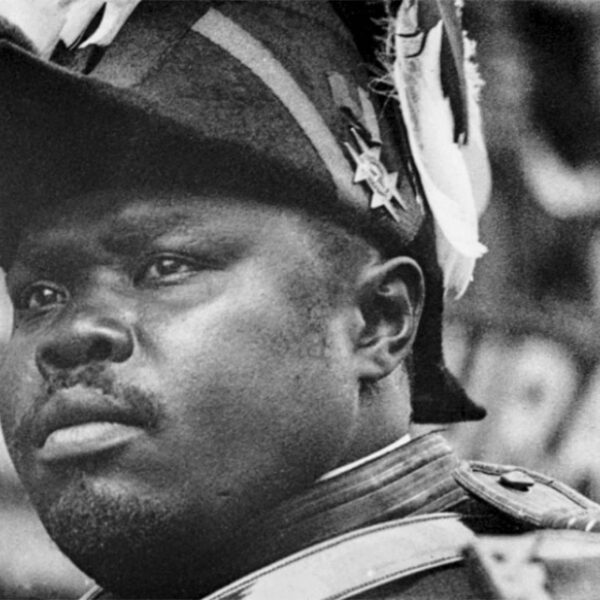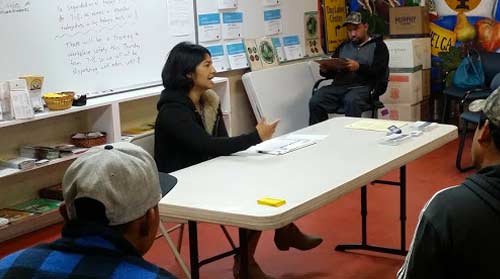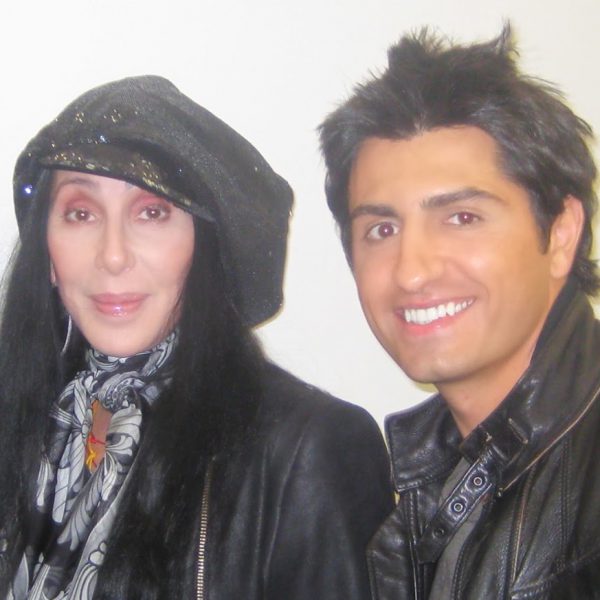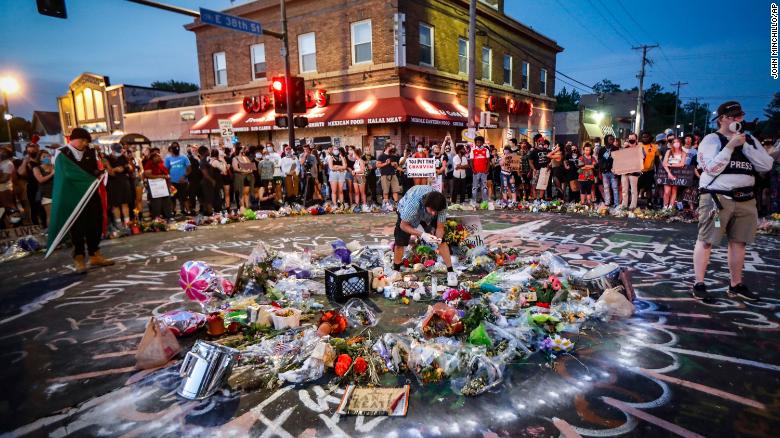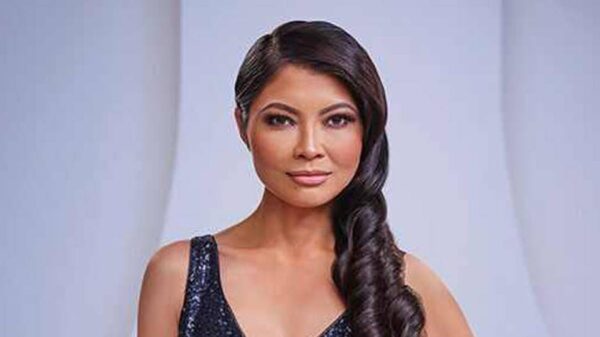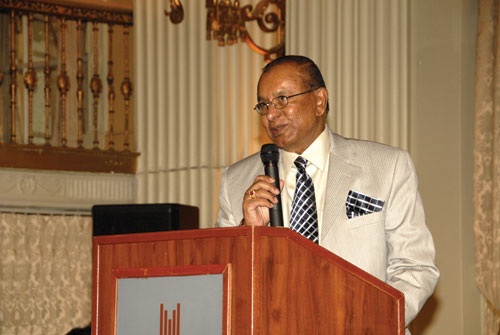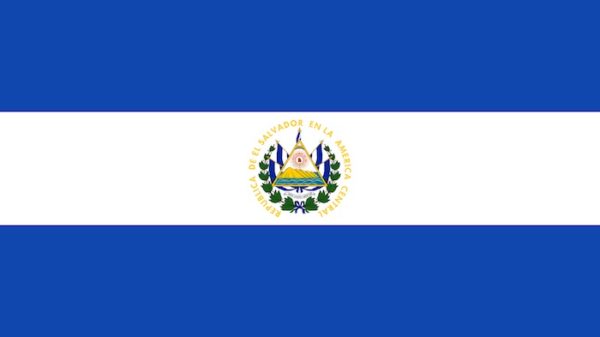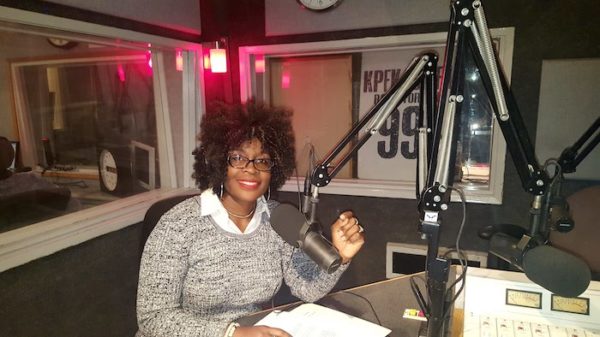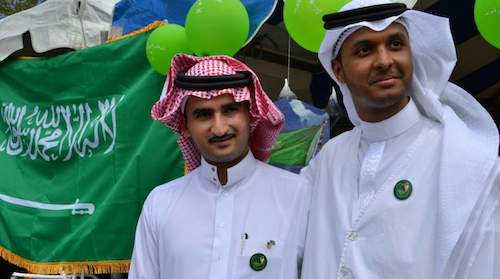Once again, the 2016 Academy Award best acting nominations are all white — a repeat of 2015 despite widespread criticism expressed by the Twitter hashtag #OscarsSoWhite. But while reading about the Academy Award nominations, my thoughts turned to the tragic image of the late Misty Upham, a Native American actress of the Blackfeet Nation who appeared during the 2015 Oscars telecast in the “In Memoriam” montage while Meryl Streep looked on.
There was some criticism by members of the Academy about why she was remembered and not others. Some accused Meryl Streep — Upham’s cast mate from “August: Osage County” — of adding her young costar to the montage and displacing others. Indeed, Upham was never nominated for an Oscar in her short life but many felt that she was about to break out when she died in October of 2014 year at the age of 32.
Over a year later, her death, like that of so many Native American women, remains unsolved.
This is the first time since 1998 that the Academy of Motion Pictures have not nominated a single African-American actor for two years in a row.
Even films like “Creed” and “Straight Outta Compton” which were viewed as Oscar contenders only garnered nominations for Sylvester Stallone and white writers Jonathan Herman and Andrea Berloff.
And, unsurprisingly, after 88 years there are still no Oscar nominations for Native American actors or filmmakers or writers.
Indians have been a part of Hollywood at least as long as the cowboy. But the struggle to disentangle our modern selves from the old storylines set up at the dawn of the medium of cinema continues into the 21st century.
For Upham, being able to act was a balm to so much pain: “Acting has saved me from darkness many times.” However, it was not enough. Despite working with Streep and Benicio del Toro and with Quentin Tarantino in Django Unchained, she struggled with inner pain, poverty, and mental illness.
After her death, her family found the Auburn, Washington, City Police Department unresponsive to their requests to search for her body. Family and friends organized a search after giving up on the police, and sadly, found her body at the bottom of a small ravine near her home.
Upham’s story is not unusual. Police oftentimes do not take seriously reports of missing Native American women and Federal authorities decline to prosecute in over 70 percent of reported cases on Native American reservations. Criminal justice studies find Native women are 2.5 times more likely than other American women to experience violent crimes and in some U.S. counties, Native women are 10 times more likely to be murdered. On top of this, nearly 70 percent of the men who commit violent crimes against Native women are not Native. Native women are the only group of women in America more likely to be assaulted by men not of their own race. The statistics on murder and violence are equally alarming in Canada where First Nations women have been organizing under the hashtag #MMIW, “Missing and Murdered Women.”
Yet, these painful stories and virtually every other type of story featuring Native Americans are not told by Hollywood. All filmgoers and tv watchers ever see, when they do see Native people on the screen, are stereotypes.
And in this past year since Upham died, in the new world of streaming Adam Sandler’s “The Ridiculous Six” was produced by Netflix for $60 million featuring threats of rape against Native women and the script originally featured graphic sexual jokes about Native women, who were either portrayed as over-sexed “squaws,” dirty ugly “squaws” or as noble Indian princesses and given names like “Beavers Breath” and “Wears No Bra” — unnecessarily feeding negatives stereotypes about Native women. Extremely irresponsible considering the astoundingly high rates of rape of Native women by non-Native men.
That’s what makes Leonardo DiCaprio’s Golden Globes speech after his Best Actor win unique in many ways. The last time a Hollywood star of his stature used an awards show to draw attention to Indigenous issues was nearly 44 years ago in 1972 when Marlon Brando sent Native American actress Sacheen Little Feather to the podium to refuse his Academy Award for The Godfather in protest of Native American portrayals in film.
It should be noted that The Revenant features the rape of Native women as a plot point, but DiCaprio, whose advocacy for environmental issues is well-known, did not focus on Hollywood portrayals of Native people but asserted, “It is time we recognize your history and that we protect your indigenous lands from corporate interests and people that are out there to exploit them.”
Kudos to “The Revenant’s” Alejandro González Iñárritu, a Mexican director nominated for an Oscar for the level of detail he brings to authenticity and the truly stunning cinematography, but despite, this is yet another Hollywood film with white male protagonist. The Native American actors are simply ancillary to the story. This can be seen in pretty much every Hollywood film with Native Americans in it. From the Unforgiven, to Dances With Wolves, to television shows like Longmire.
And Native American comic Ryan McMahon, speaks for many Native American cinefiles when he asks in an article in Vice if, “it is time the world hear Indigenous voices … why were there so few speaking roles for Indigenous people in The Revenant?”
In light of this, I call for a moratorium on “buckskin and loincloth parts” until portrayals of Native people are balanced with those featuring modern Native American protagonists. We must get away from the portrayal of Native people as either savage warriors of the past, “Indian princesses” to be courted and conveniently killed off before giving birth to a Mestizo nation north of the Rio Grande, or as stoic stereotypes.
This generation of Native Americans actors do not follow their dreams to Hollywood in order to continue to play buckskin and loincloth Potemkin villager parts that serve only to provide a backdrop to a white male actor’s heroics. I agree with Nigerian novelist Chimamanda Ngozi Adichie when she said in her TED Talk that “The Danger of a Single Story” — that is, the world seen only from the perspective of the white male — is that, “it robs people of dignity. It makes our recognition of our equal humanity difficult. It emphasizes how we are different rather than how we are similar … Many stories matter.”
And when I call for modern roles I mean not just the odd, rich casino owner in “House of Cards,” or an obnoxious tribal leader denying nice white characters the right to adopt an Indian baby, or even, the silent, perfect killer Indian in Fargo, the TV series.
Zahn McClarnon, the Lakota actor who plays cold-blooded, Native American killer Hanzee on “Fargo,” expressed his frustration with the limited roles offered to Native American actors in an interview with New York Magazine. “I’d love a role where I’m playing a father, a loving husband, a relationship-based movie. A child and father, father-son kind of thing,” said McClarnon. “I do a lot of that stuff in my classes I take, and I have a lot of fun doing it. Just being a human being and relating to another human being.”
In this vacuum of diverse portrayals, it is no wonder that stereotypes are all most Americans know about Native people.
The result of this whitewashing of racially diverse American stories — both those based in the real world and those in fantasy — was found in a 2014 UCLA study to reduce minority representation in films by more than half. Racial minorities make up 40 percent of the population but only 17 percent of leads in films, while 83 percent of the lead actors in films are white.
America is rich in stories — embarrassingly so. Let’s bring all the missing stories to the table and then we can begin to see each other as people.
That desire to share her story and her dreams is what drew Misty Upham to acting and for her to blurt out at theater camp at 12 years of age, “My name is Misty Upham, and someday you will know that name as the best living Native American actress.”
She and every American child deserves the right to do so unhampered by stereotypes and an industry stuck on a single story.
Jacqueline Keeler is a Navajo/Yankton Dakota Sioux writer living in Portland, Oregon. She has been published in Salon, Indian Country Today, Earth Island Journal and the Nation. She is finishing her first novel “Leaving the Glittering World” set in the shadow of the Hanford Nuclear Reservation in Washington State during the discovery of Kennewick Man.





